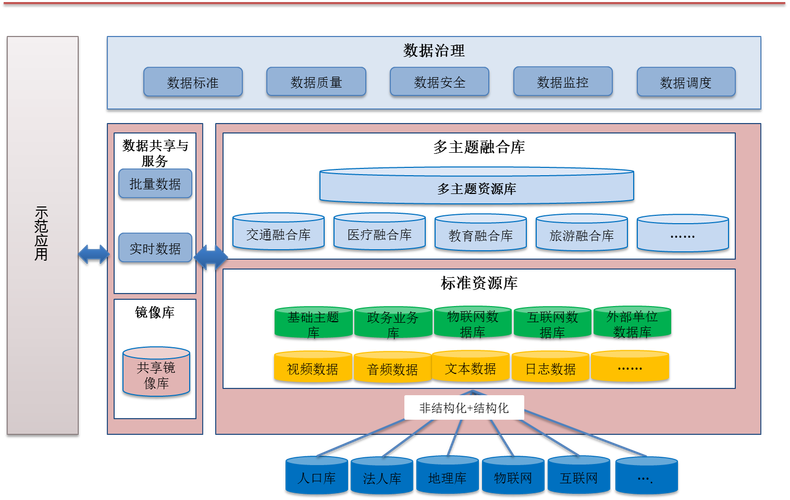Title: Building a Scalable Big Data Architecture with .NET
In the realm of big data, constructing a robust architecture is paramount to ensure scalability, efficiency, and reliability. Leveraging the power of .NET, developers can craft intricate systems capable of handling vast amounts of data while maintaining performance. Let's delve into the key components and considerations when designing a big data architecture using .NET.
1. Data Ingestion Layer
Apache Kafka Integration
: Utilize Kafka for realtime data streaming and ingestion. .NET provides libraries like Confluent.Kafka to seamlessly integrate with Kafka clusters.
Azure Event Hubs
: For cloudbased solutions, leverage Azure Event Hubs for event ingestion. .NET SDKs facilitate easy integration with Event Hubs, ensuring smooth data flow.
2. Data Storage Layer
Apache Hadoop
: Implement Hadoop Distributed File System (HDFS) for storing large datasets. .NET supports Hadoop through libraries like Microsoft.Hadoop.Web and HDInsight .NET SDK.
Apache HBase
: Use HBase for NoSQL database capabilities over Hadoop. .NET developers can interact with HBase via REST APIs or libraries like HBase.NET.
Azure Blob Storage
: For cloud deployments, Azure Blob Storage offers scalable object storage. .NET SDKs enable seamless integration with Blob Storage services.
3. Data Processing Layer
Apache Spark
: Leverage Spark for distributed data processing. .NET developers can interact with Spark clusters using libraries like Microsoft.Spark and Apache Livy.
Apache Flink
: Consider Flink for realtime stream processing. Although primarily Javabased, Flink's APIs can be accessed from .NET applications using interprocess communication techniques.
Azure Databricks
: Utilize Azure Databricks for a managed Spark environment in the cloud. .NET SDKs provide easy integration with Databricks clusters for data processing tasks.
4. Data Query and Analysis Layer
Apache Hive
: Implement Hive for SQLlike querying over Hadoop data. .NET developers can interact with Hive using JDBC or ODBC drivers.
Apache Drill
: Explore Drill for adhoc querying across different data sources. .NET applications can communicate with Drill via REST APIs or ODBC/JDBC drivers.

Azure Synapse Analytics
: For cloudbased data warehousing and analytics, leverage Azure Synapse Analytics (formerly SQL Data Warehouse). .NET SDKs enable seamless interaction with Synapse workspaces for querying and analysis.
5. Data Visualization and Reporting Layer
Power BI Embedded
: Integrate Power BI Embedded for interactive data visualization in .NET applications. Developers can embed Power BI reports and dashboards using .NET SDKs.
Apache Superset
: Explore Superset for opensource, selfservice analytics and visualization. .NET applications can interact with Superset via its REST API for embedding dashboards.
Custom Visualization Libraries
: Develop custom visualization components using .NET frameworks like ASP.NET Core and libraries like D3.js for tailored data representation.
6. Monitoring and Management
Apache Ambari
: Utilize Ambari for monitoring and managing Hadoop clusters. .NET applications can interact with Ambari's REST API for cluster administration tasks.
Azure Monitor
: For cloudbased solutions, leverage Azure Monitor for comprehensive monitoring and diagnostics. .NET SDKs provide integration with Azure Monitor for telemetry collection and analysis.
Conclusion
By harnessing the capabilities of .NET and integrating with prominent big data technologies and cloud services, developers can construct scalable and efficient big data architectures. From data ingestion to visualization, each layer plays a crucial role in processing and deriving insights from vast datasets. Continuous monitoring and optimization ensure the architecture remains resilient and adaptive to evolving data requirements. With careful planning and implementation, organizations can unlock the full potential of their data assets using .NETbased big data solutions.

